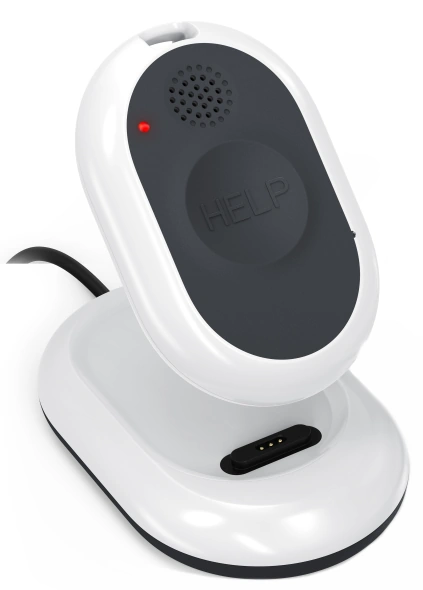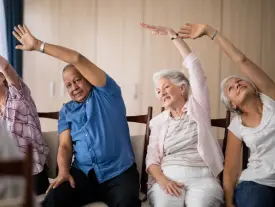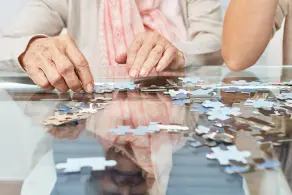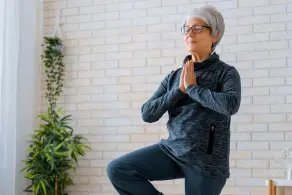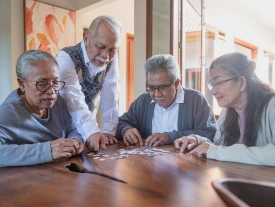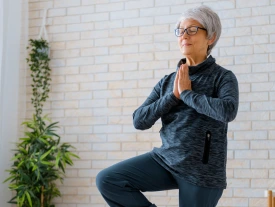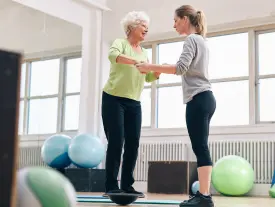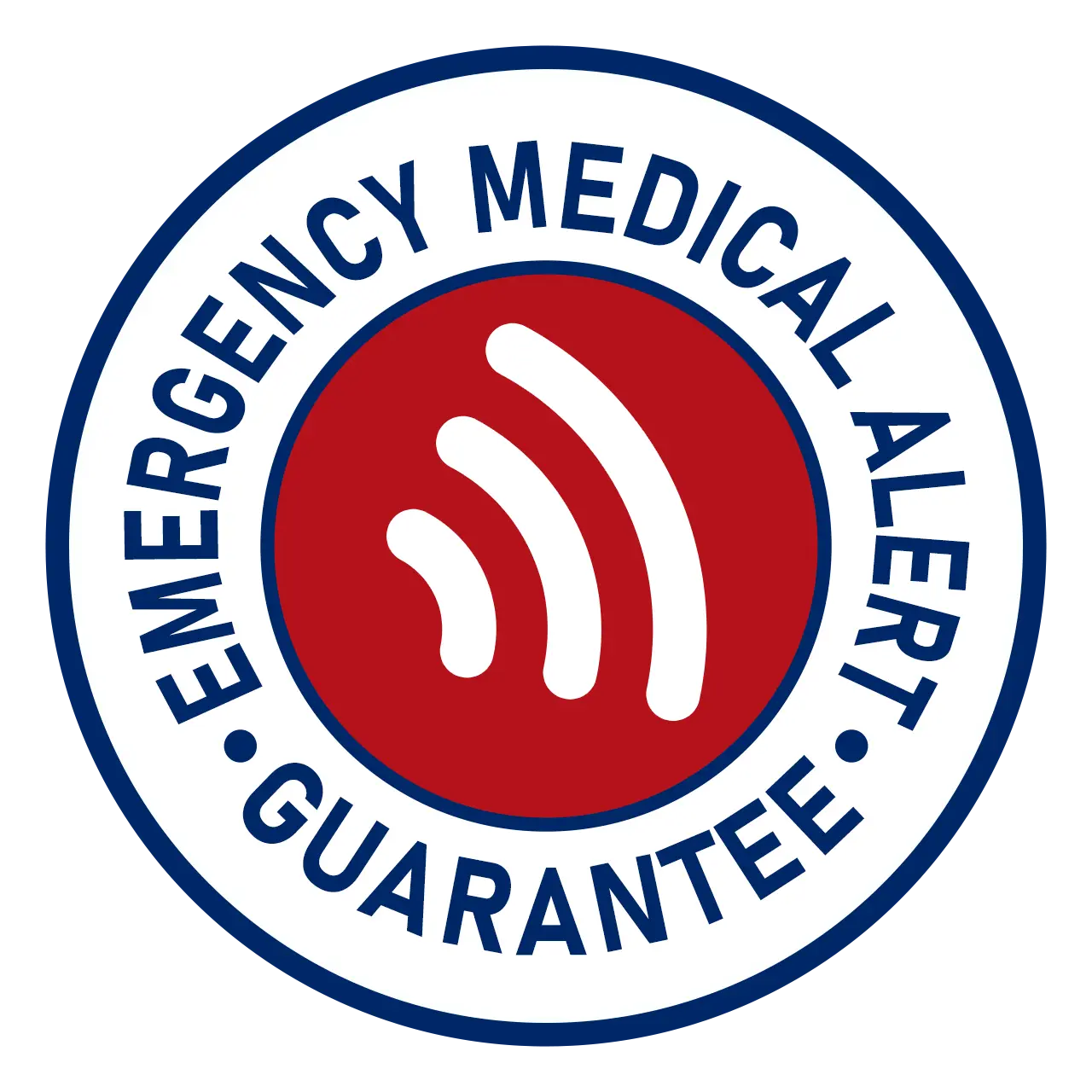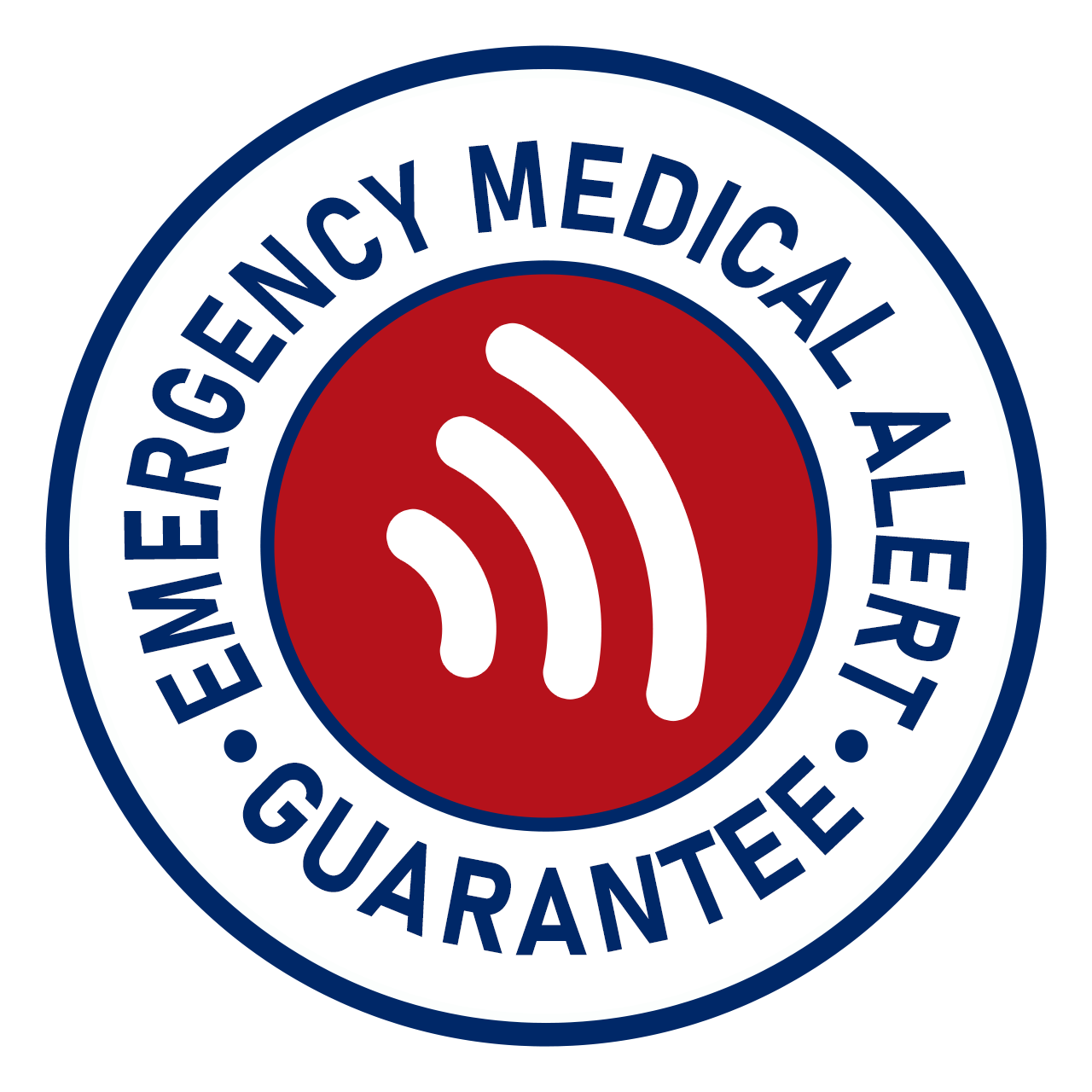How Fall Detection Can Help Seniors Live Independently And Safely
The aging process significantly increases the chances of falling, which can result in hospital visits and reduced independence, and possible injuries.
Fall detection technology represents a beneficial safety mechanism that enables elderly people to preserve their independence as they grow older in their own homes.
The systems detect falls automatically through their sensors and generate instantaneous alert signals to reach responders quickly. The fall detection system provides reassurance to family members because it keeps their senior relatives safe regardless of their solitary state.
The article explains how fall detection technology enables senior independence by studying its market options, together with its advantages.
How Fall Detection Fosters Independence And Safety Among Seniors
The modern implementation of fall detection features brings about improvements in safety solutions and individual freedom for senior citizens in their daily lives.
Such systems generate automatic alerts and activate real-time response mechanisms to let seniors stay engaged in life independently and safely. The section identifies fundamental ways that fall detection systems enable elderly individuals to experience peaceful and protected lives.
Provides Rapid Response
A swift response becomes paramount in cases of fall incidents since elderly people frequently struggle to summon assistance.
Fall detection systems have an automatic function that detects abrupt changes in movement or impact, which activates emergency notifications to contacts and medical teams.
The fast detection mechanism shortens the duration a senior spends alone after a fall, so complications such as hypothermia, along with dehydration and injury reduction, are possible.
The fast delivery of help through these systems turns ordinary falls into non-hazardous situations. The day becomes more comfortable for seniors because help arrives quickly through these systems.
Maintains Autonomy
Seniors face independence loss as their primary significant challenge. People in their later years typically avoid going to assisted living because they prioritize staying in familiar environments they are comfortable with.
Fall detection technology enables senior citizens to maintain their independence through all-day protection in uncertain situations. The monitoring systems function without being noticeable to others, making them both discreet and unobtrusive.
The fall detection enables users to handle their everyday tasks independently, thus protecting their right to personal freedom and their feeling of dignity. People in senior age groups will stay active while socializing because they can safeguard their freedom through emergency detection technology.
Reduces Burden On Caregivers
Primary caregivers, together with their family members, face ongoing stress due to the continuous concerns that their senior relatives are in good condition.
This technology assists caregivers through automatic 24/7 surveillance because it operates independently of any human supervision requirements. This technology provides dependable backup support that enters when human monitoring is unavailable.
Real-time alerts go to distant relatives and working family members if senior citizens experience any serious situation.
Through fall detection systems, caregivers spend more time on meaningful interactions instead of perpetual observation, thus increasing their relationships while relieving emotional tension.
The extendable medical coverage plan does not require additional caregiver tasks to maintain its effectiveness.
Decreases Anxiety
The concern most seniors feel about potential falls causes them to restrict their movements, thus causing withdrawal from social activities as well as depression.
The elderly face justified concerns about their safety since accidents from falling rank among the principal causes of distress for this age group. The installation of fall detection systems directly minimizes elderly nervousness about potential accidents.
People aged 60 and above gain peace of mind when they understand help will reach them immediately after they experience a fall.
Their boosted self-assurance drives them to participate in physical exercise, which maintains both their mental and physical well-being. The absence of fear results in better freedom of movement, together with independence.
Provides Peace Of Mind
Fall detection brings two-fold relief to senior citizens because it also gives their families great comfort. Family members experience continuous anxiety when their elderly loved ones face the risk of falling, whether the senior resides independently or under basic supervision.
The automatic service notification system provides peace of mind because it alarms both emergency responders and family members when a person falls. This system prevents any person from being without support for an extended period during an emergency.
Restful night sleep and day-long security produce elevated emotional well-being between seniors and their families because of this important benefit.
Types Of Fall Detection Technology
There are several types of fall detection technologies available, each offering distinct features to suit different lifestyles and needs.
Wearable Devices
People use wearable devices as their primary safety devices because they come in the form of smartwatches and pendants, along with belt clips that contain motion sensors and gyroscopes.
The detection system automatically recognizes instant body movements together with shifts in body position, which imply a fall occurrence. The security functions of certain models include manual alert buttons.
Smartphones And Apps
The built-in fall detection feature in specific smartphones operates as a standard function for elderly-friendly smartphones.
These tools, with their mobile app components, will automatically generate emergency alerts if they detect falls. Mobile devices are suitable for senior citizens who possess technology literacy skills.
Home-Based Sensors
House sensors consist of ceiling or wall-mounted motion sensors that monitor strongly deviating movement patterns.
The system produces alerts when seniors either fail to move in a specified amount of time or display any fast movements and then instantly become stationary. The systems work best for memory-impaired and mobility-impaired seniors.
AI-Powered Cameras
AI-powered camera systems utilize artificial intelligence technology to check real-time movements through camera systems.
The systems differentiate between regular movement patterns and falls without invading privacy because they operate through silhouette or thermal imaging approaches.
Medical Alert Systems With Fall Detection
Many conventional medical alert systems incorporate automatic fall detection built into their design structure. Through this protection system, users get access to 24/7 emergency response support through direct connections with their assigned life safety response centers.
Choosing the right type depends on the senior's preferences, mobility, cognitive ability, and home environment.
Conclusion
The technology that detects falls serves as a crucial system to allow elderly individuals to maintain their independence without compromising safety.
Senior individuals benefit from this technology due to its fast action, which eases their worries while giving caregivers comfort throughout the monitoring process.


